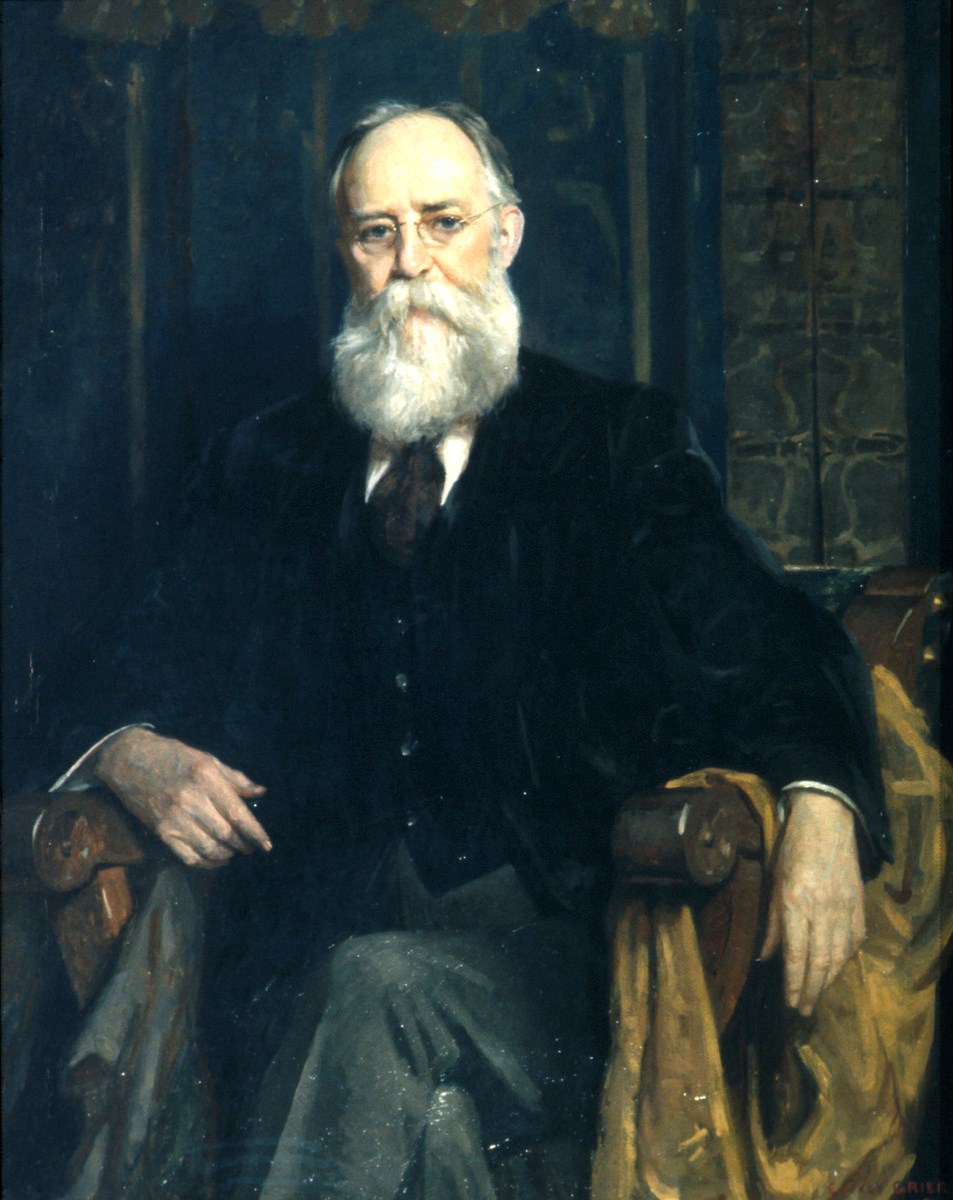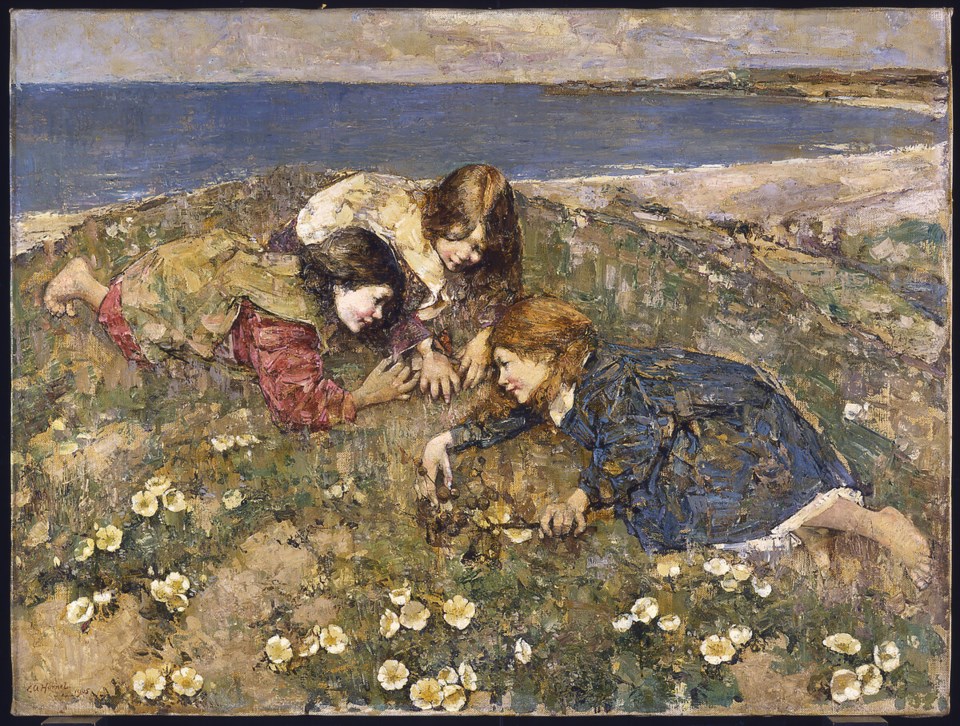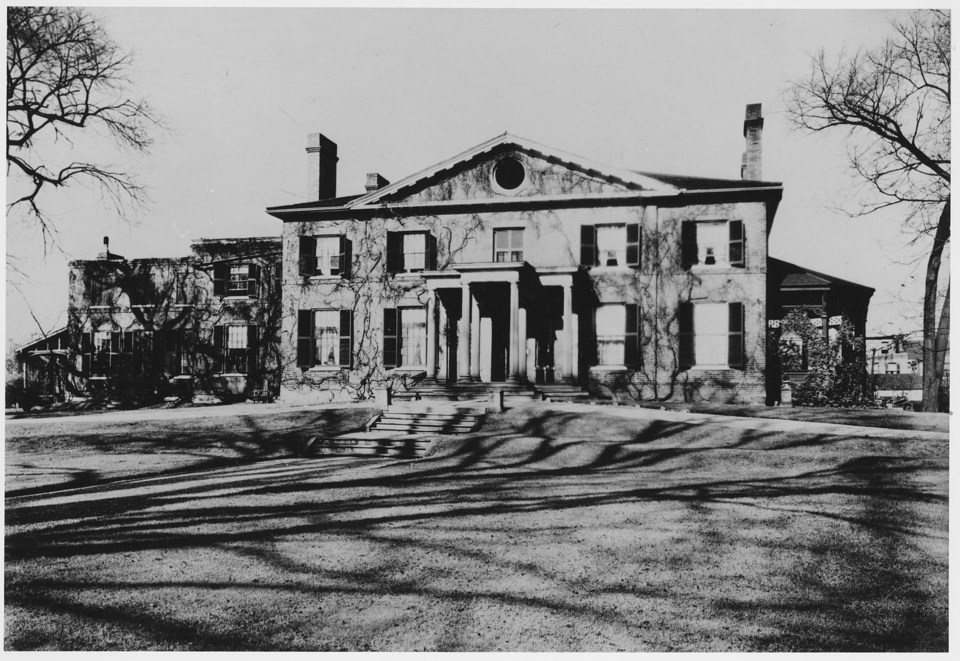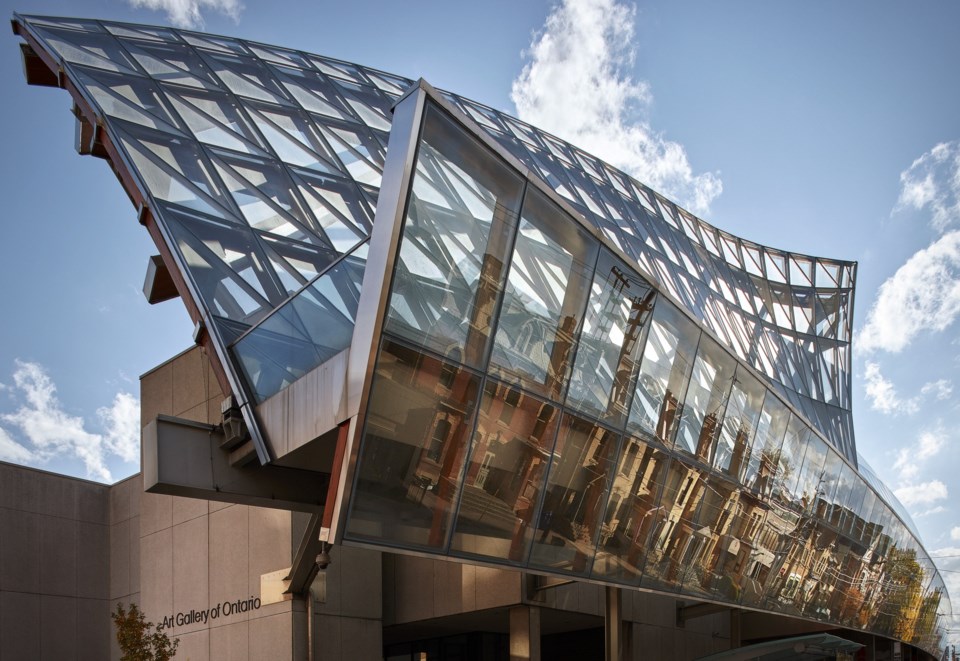The Art Gallery of Ontario is celebrating its 125th anniversary this year. Historian Jamie Bradburn looks back at the gallery’s founding and the steep hill culturally minded Torontonians had to climb to find it a permanent home.
–
Toronto was long a laggard behind many North American cities when it came to major art galleries.
The late 19th century boom that created institutions like the Art Institute of Chicago, Boston’s Museum of Fine Art, the Art Association of Montreal and New York’s Metropolitan Museum of Art passed Toronto by.
For decades, attempts to create a permanent public art gallery in Toronto were quashed by politicians unconvinced that taxpayers should fund such an institution.
Fine art lovers in Toronto in 1900 had to content themselves with annual shows at the Industrial Exhibition (today’s CNE), a poorly regarded gallery space at the Toronto Normal School (the ancestor of Toronto Metropolitan University), or exhibitions at the Ontario Society of Artists’ gallery at 165 King St. W.
Despite the unfavourable circumstances, the Ontario Society of Artists forged ahead with an advocacy campaign that sought buy-in to build the institution that evolved into the Art Gallery of Ontario.
It would take over a decade from its conception for the AGO to open in its permanent home.
The artists’ society makes its case
As 1900 began, Ontario Society of Artists president George Reid distributed 2,000 copies of a pamphlet to the city’s cultural and economic elite.
Titled “On the Need of an Art Museum in Toronto,” it argued that Toronto needed a gallery that was educational, displayed a wide variety of works from various historical periods, offered free admission to the public, coordinated with an art school and gradually expanded.
Among the pamphlet’s most enthusiastic recipients was Byron Edmund Walker, the general manager and future president of the Canadian Bank of Commerce.
Believing that a country without culture was doomed, Walker played a key role in the cultural development of early 20th century Toronto, including serving as one of the founders of the Royal Ontario Museum.
“What must be the fate of a nation which does not give due place to the intellectual and artistic in life?” he observed upon his knighting in 1910.
While chairing a public meeting organized by the artists’ society in March 1900, Walker observed that Toronto was far behind Montreal in terms of publicly and privately operated gallery spaces.
He felt the meeting was an opportunity to discover if Torontonians really desired a major gallery — and appears to have walked away convinced.

Galvanizing the city’s upper crust
Within weeks, Walker formed a committee of prominent businessmen and intellectuals to establish an art gallery.
By July 1900, a charter was drawn up, officially founding the Art Museum of Toronto.
While $40,000 was raised from figures like meatpacking tycoon Joseph Flavelle and the Massey family, it wasn’t enough to buy land and build a gallery, as the provincial government remained unwilling to help.
Despite the ongoing setbacks, several gallery sites were proposed, including the former grounds of Upper Canada College at King and Simcoe, and property around Bloor Street and Avenue Road.
When city officials and the public contemplated how to memorialize Queen Victoria following her death in January 1901, an art gallery was among the most frequently floated ideas. One proponent, lawyer E.F.B. Johnston, told the Toronto Star that such an institution would attract artists to Toronto and honour the art patronage of the British royal family.
One of the most prominent detractors of a Queen Victoria memorial art gallery was public intellectual Goldwin Smith, who felt a statue would suffice.
Yet Smith would play a key role in the Art Museum of Toronto’s future.
A quiet bequest
In 1902, Walker approached Smith and his wife Harriet about turning over their home, The Grange, to become a permanent site for the fledgling gallery.
The Smiths had long been patrons of the visual arts and the idea of a permanent art gallery was likely discussed during one of Goldwin’s “Round Table” sessions, a dining group that Walker was an original member of.
Harriet, who had inherited the historic house from her first husband following his death in 1874, changed her will to bequest The Grange after the Smiths died — a promise that remained secret for the moment.
The Art Museum of Toronto was incorporated under provincial law in 1903, but three more years would pass before it presented its first exhibition.
Pictures by the Glasgow Painters opened at the Ontario Society of Artists’ gallery on April 20, 1906.
While the Art Museum of Toronto leaned on the Buffalo’s Albright Art Museum to organize the exhibition and the artists’ society to co-present it, the show did include the first work purchased by the museum: Edward Atkinson Hornel’s painting The Captive Butterfly.
The piece cost $610 (nearly $22,000 in today’s dollars) and was paid for by 31 private subscribers.

The AGO is remounting the painting this month to help mark the gallery’s anniversary.
When Harriet Smith’s will became public following her death in September 1909 — revealing The Grange would be dedicated as a permanent home for the Art Museum of Toronto — local newspapers noted just how far Toronto had fallen behind the rest of North America.
“It has long been to Toronto’s discredit that there was no art gallery of consequence,” a Globe and Mail editorial observed. “Visitors from foreign countries have often expressed their surprise that a city so forward in other ways was behind in this respect.”

Opening at The Grange
Following Goldwin Smith’s death in June 1910, the conversion of The Grange into gallery space began, including wiring it for electricity and setting aside space on the second floor for the Central Ontario School of Art and Industrial Design (today’s OCAD University).
The city expropriated surrounding land to facilitate future expansion of the gallery to the north and the creation of Grange Park to the south. The city also agreed to provide a $5,000 annual subsidy to the museum and requested that admission would be free twice a week.
The Art Museum of Toronto officially opened on June 5, 1913 with an exhibit showcasing the Smiths’ personal art collection. The original display space within The Grange consisted of several rooms dedicated to, as the Toronto Star put it, Goldwin Smith’s “far-famed collection of prints.”
While the works displayed weren’t awe-inspiring, they did pique public interest.
Plans were soon underway for the first of many future expansions the gallery has undergone.
While The Grange’s function has changed over time — serving as a gallery space, administrative offices, historical museum and members’ lounge — it still remains at the core of the complex that has grown around it.
The AGO has been mark its 125th anniversary with a series of events this year.
Helpful founder Byron Edmund Walker’s name lives on in the AGO via Walker Court, the gallery’s groundfloor space with its wooden spiral staircases.
___
Jamie Bradburn is a Toronto-based freelance writer and historian, specializing in tales of the city and beyond. His work has been published by Spacing, the Toronto Star and TVO.
